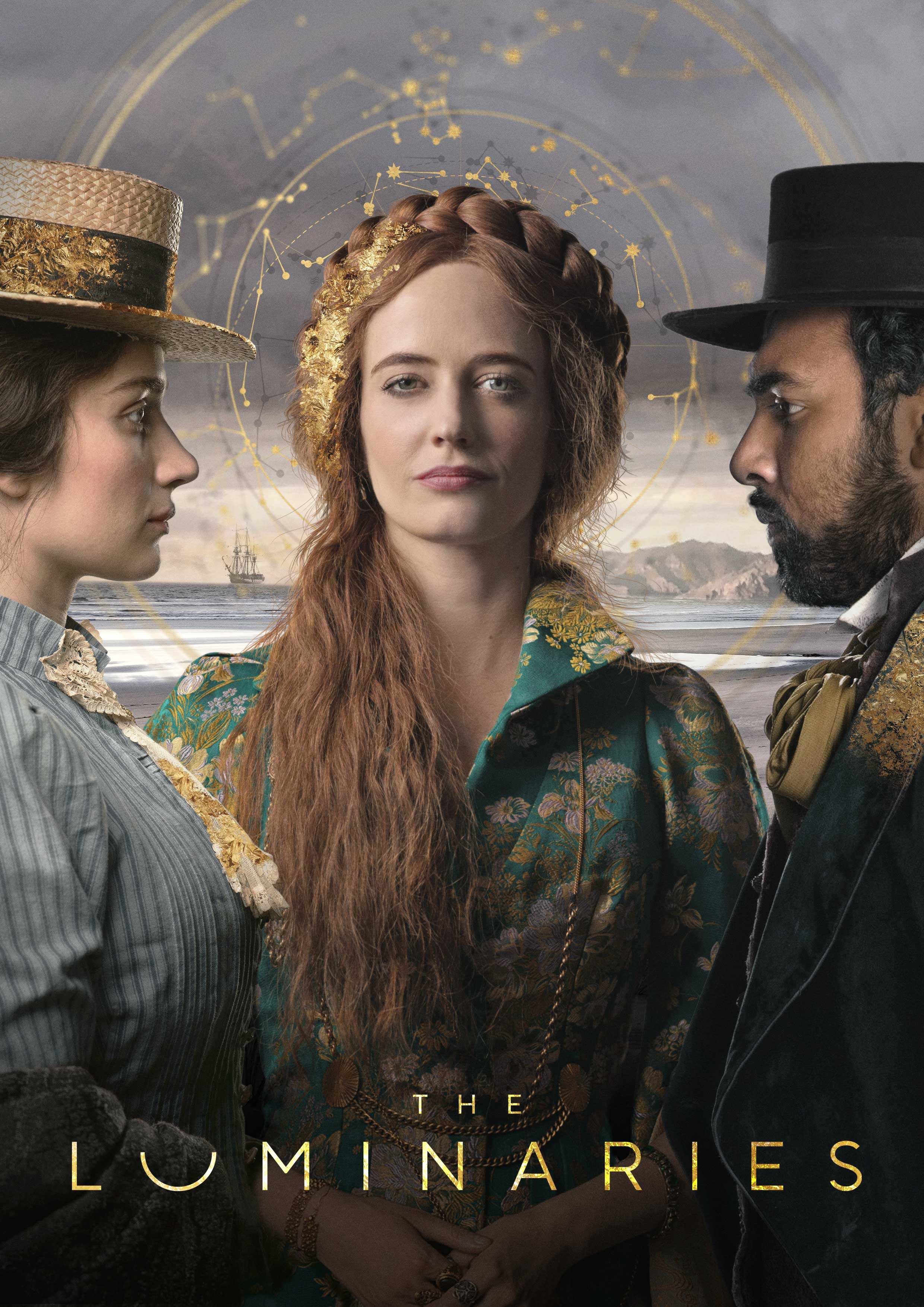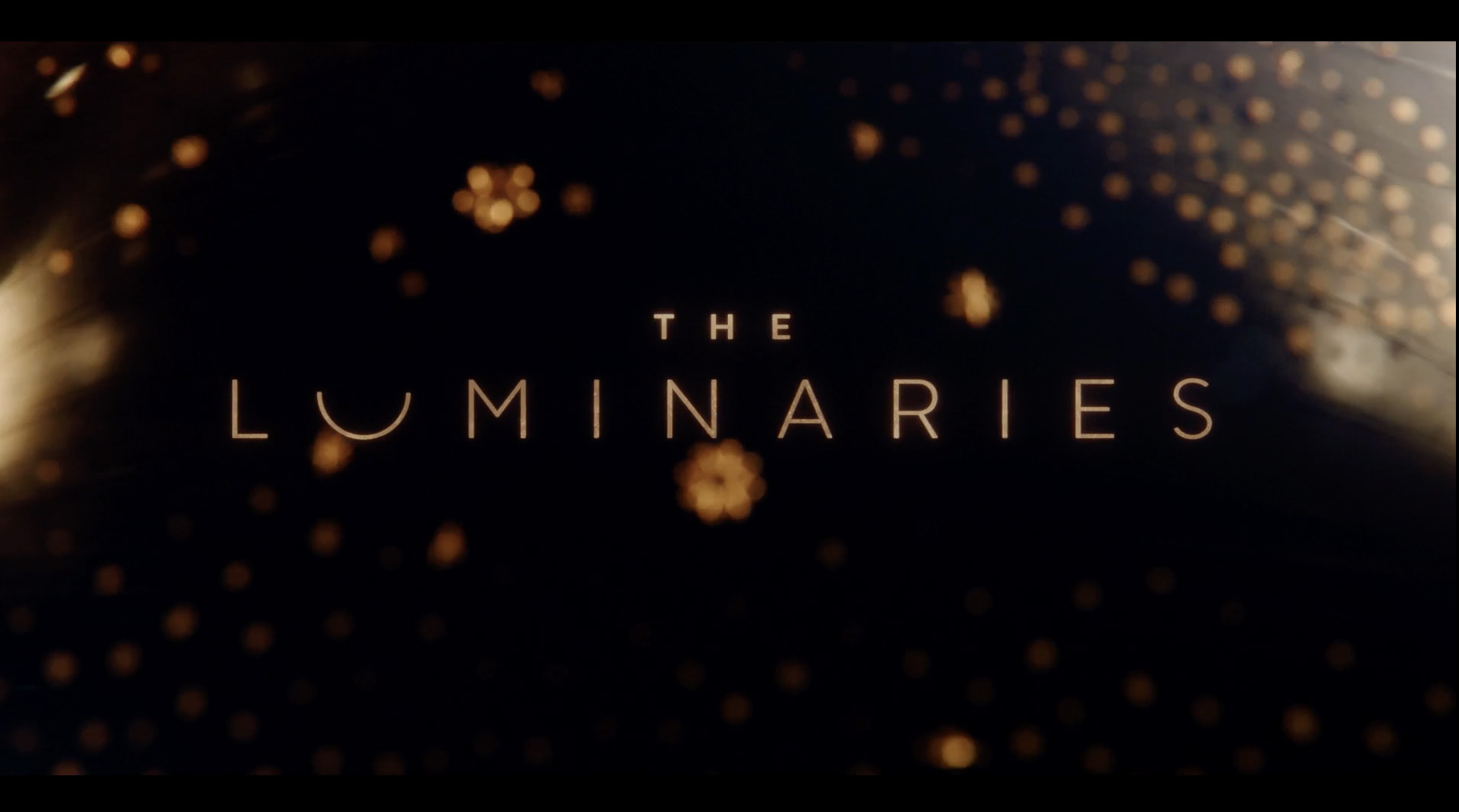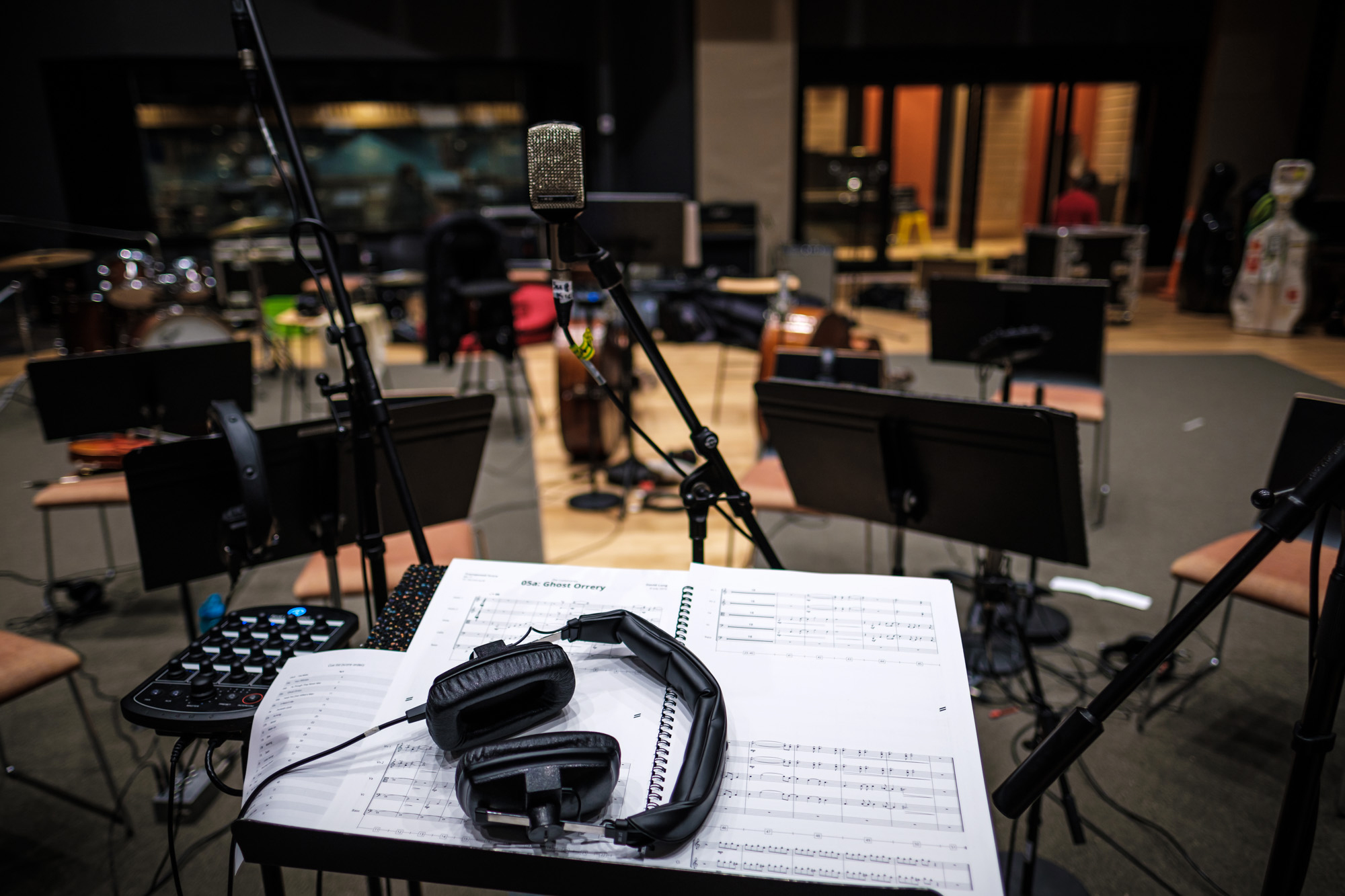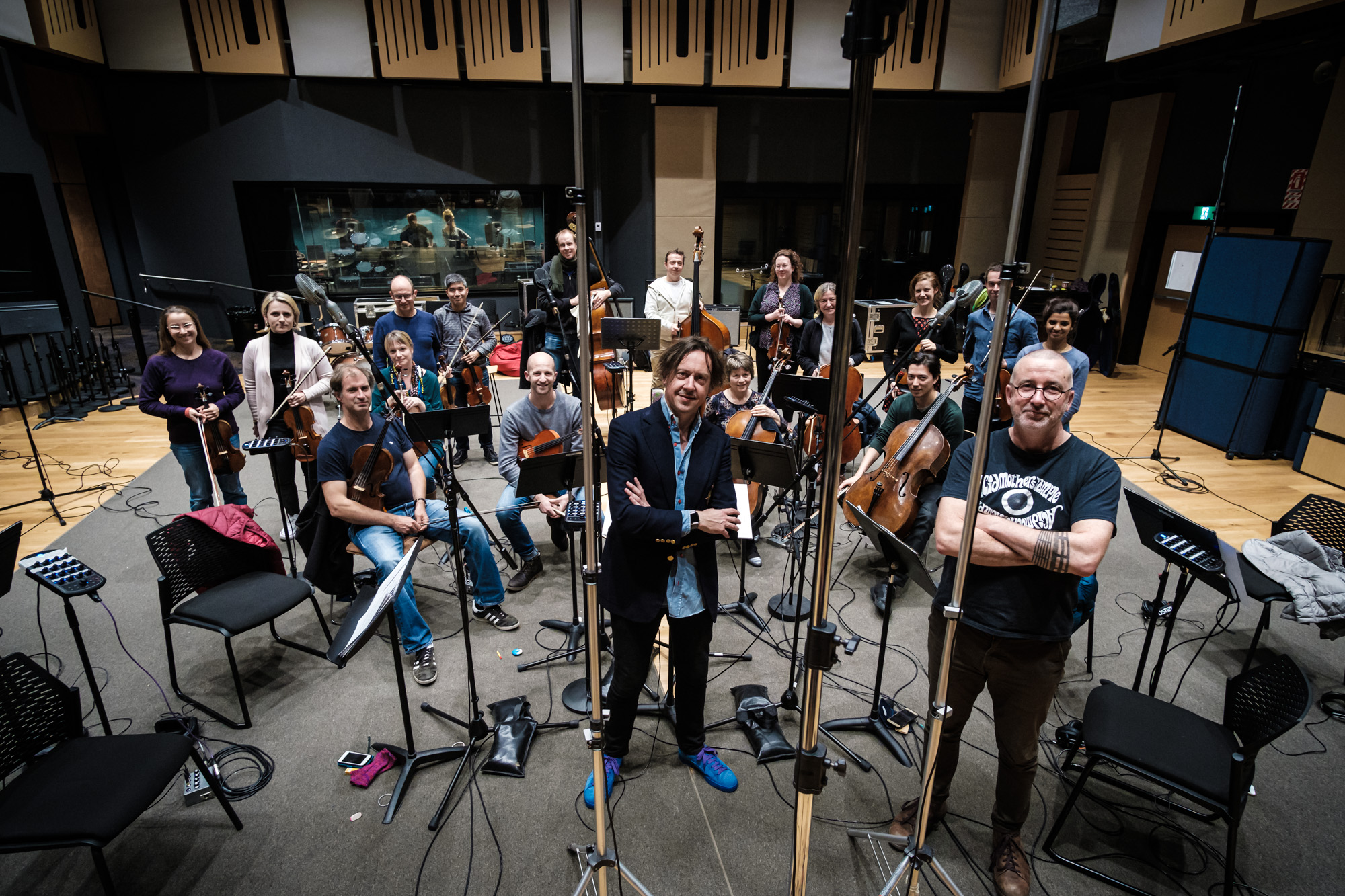The recording of the soundtrack involved Graham Kennedy, now the senior technician at the New Zealand School of Music—Te Kōkī (NZSM), who worked as a score mixer and recording engineer. Also involved, along with around 35–40 musicians from Stroma Filmworks, were NZSM alumni as a soloist, assistant, and music editor.
“The first thing about a film score is you are always serving the picture. When we are recording, and when we mix, we are trying to heighten, to pull emotion, but always working with the picture,” says David, who learned early on, from working with choreographer Douglas Wright, to leave his ego at the door when composing for visual works.
“When recording for a soundtrack, we record music to metronome-like click tracks, which give the pacing for other elements that need to be mixed in later,” says Graham. “This means David can record his guitar parts listening to the click track, then we can record strings separately, and it lines up later on.”






